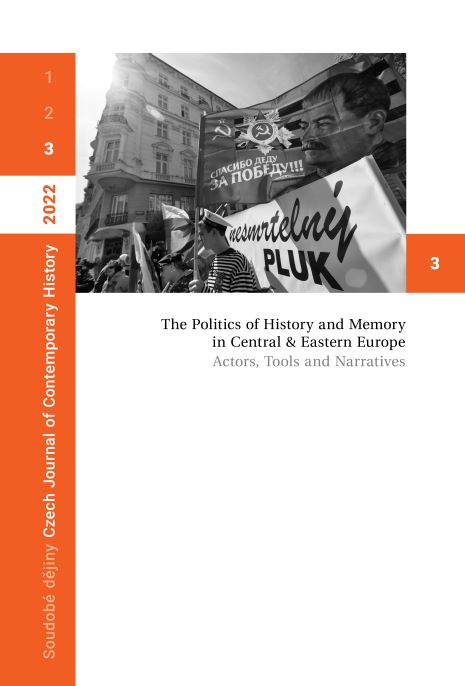Hitler’s Priests in Slovakia
Hitler’s Priests in Slovakia
On the Convergence of Catholicism and Fascism in Nazi "New Europe"
Author(s): Miloslav SzabóSubject(s): History, History of ideas, Political history, Interwar Period (1920 - 1939), WW II and following years (1940 - 1949), Fascism, Nazism and WW II
Published by: AV ČR - Akademie věd České republiky - Ústav pro soudobé dějiny
Keywords: Slovakia;Slovak State (1939–1945);Czechoslovakia;Catholicism;fascism;"clerico-fascism";Hlinka’s Slovak People’s Party;Second World War;Jozef Tiso;Karol Körper;Ladislav Hanus;Viliam Ries
Summary/Abstract: This paper deals with the fascistization of Catholic clergy on the eastern periphery of the Nazi “New Europe”, specifically within the Slovak State (1939–1945), a Nazi satellite in East Central Europe. In reference to recent historiographical debates, “clerico-fascism” serves here as a tool for an analysis of the ideology of the most prominent Slovak “clerico-fascist”, the president and Catholic priest Jozef Tiso (1887–1947). Specifically, it examines the transformation of social Catholicism into an instrument of fascist discipline. In addition, the article examines the fascistization of three other Slovak clerics: Karol Körper (1894–1969), Ladislav Hanus (1907–1994) and Viliam Ries (1906–1989). Focusing on individual agencies of both moderate and radical “clerico-fascists” on the basis of the regime of Hlinka’s Slovak People’s Party (Hlinkova slovenská ľudová strana) during the Second World War, the article seeks an explanation for political and religious radicalization in East Central Europe during the first half of the twentieth century.
Journal: Soudobé Dějiny
- Issue Year: XXIX/2022
- Issue No: 3
- Page Range: 691-723
- Page Count: 33
- Language: English

